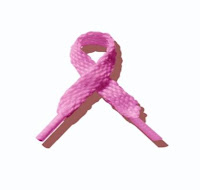As some of you may know, I recently was involved as a tester in a research study at USC. As testers, we were required to perform repeated muscle tests on subjects quadriceps using 4 different types of tests. I was reviewing the final manuscript and found the following paragraph:
“The sensitivity of both the isometric and dynamic manual muscle tests found in the current study was much lower than would be desired for an adequate screening test. This finding was also most likely contributable to the overwhelming tendency of tester two to find no difference in strength, on both the isometric and dynamic tests, when one was detected by the Biodex dynamometer. When analyzed separately, the sensitivity of manual muscle testing as determined by tester one (Se range of 56% to 100%) was much greater than that determined by tester two (Se range of 11% to 33.3%). This means that tester one was much more likely than tester two to correctly identify those individuals with quadriceps weakness. “
I was tester one.
This is good, as I performed the data collection in fear that I would be proved to be a poor muscle tester.
To be fair, I also had a high level of false positives, finding a difference when one was not detectable on a machine. Maybe I’m more sensitive than the machine???
In all seriousness, part of my training was unique in that I had a couple of instructors who placed a large emphasis on developing expertise in palpation skills. I was guided and praised often in this area and I am proud of my ability to feel different movements with a high degree of sensitivity. I was very lucky to have teachers so focused on palpation skills.
I wonder what the other professions or even other schools do to improve a student’s ability to sense movement.



